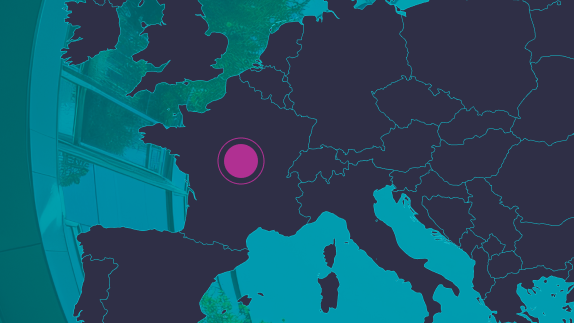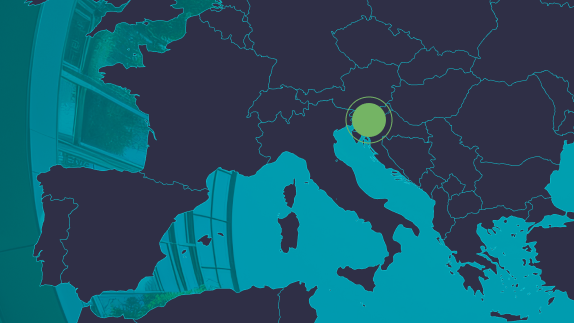This page is part of the report Building Prosperity: Unlocking the Potential of a Nature-Positive, Circular Economy for Europe. Explore the full report to delve into all focus areas, strategies, and key recommendations, or browse the entire case study collection to see these strategies in action.
Strategy: Maximise – expanding green-blue spaces
Location: Bucharest, Romania
Located in the bustling urban environment of Bucharest, Romania, Văcărești Nature Park is an example of how nature can enable a city to be more resilient to the changing climate and its impacts. After the government’s abandoned plans to build a reservoir in 1989, this 183-hectare park has naturally evolved into a flourishing urban wetland over three decades, providing cost-effective, critical ecosystem services, offering a sanctuary in which biodiversity can thrive.
Sometimes described as ‘nature’s kidneys’, wetlands in urban parks can perform as green-blue infrastructure for water management and temperature regulation. The park’s complex network of vegetation and water bodies acts as a natural water filtration system, enabling effective surface water run-off. Additionally, the park’s expansive water surfaces and over 100 species of vascular plants help cool the air, providing relief from urban heat islands during hot summer months.
Furthermore, in a country prone to flooding, Văcărești Nature Park significantly bolsters flood protection. The park’s marshy landscape functions as a natural sponge, absorbing and gradually releasing rainwater, which reduces flood risks by mitigating harmful peak flows. This natural process effectively replaces the need for extensive — and often overburdened — networks of pipes and culverts, providing invaluable protection against potential water damage to infrastructure and residences.
Besides its ecological benefits, the park serves as a recreational and educational hub for the citizens of Bucharest, promoting environmental awareness and offering a space for leisure and learning amidst nature. According to a 2022 Biodivercities report, wetlands and other nature based solutions are 50% more cost effective than grey infrastructure, yet in 2021 they received just 0.3% of overall spending on urban infrastructure. Văcărești Nature Park, which evolved through a combination of luck and circumstance, still represents a powerful example to investors and urban decision makers of the potential of maximising nature-based solutions.
















